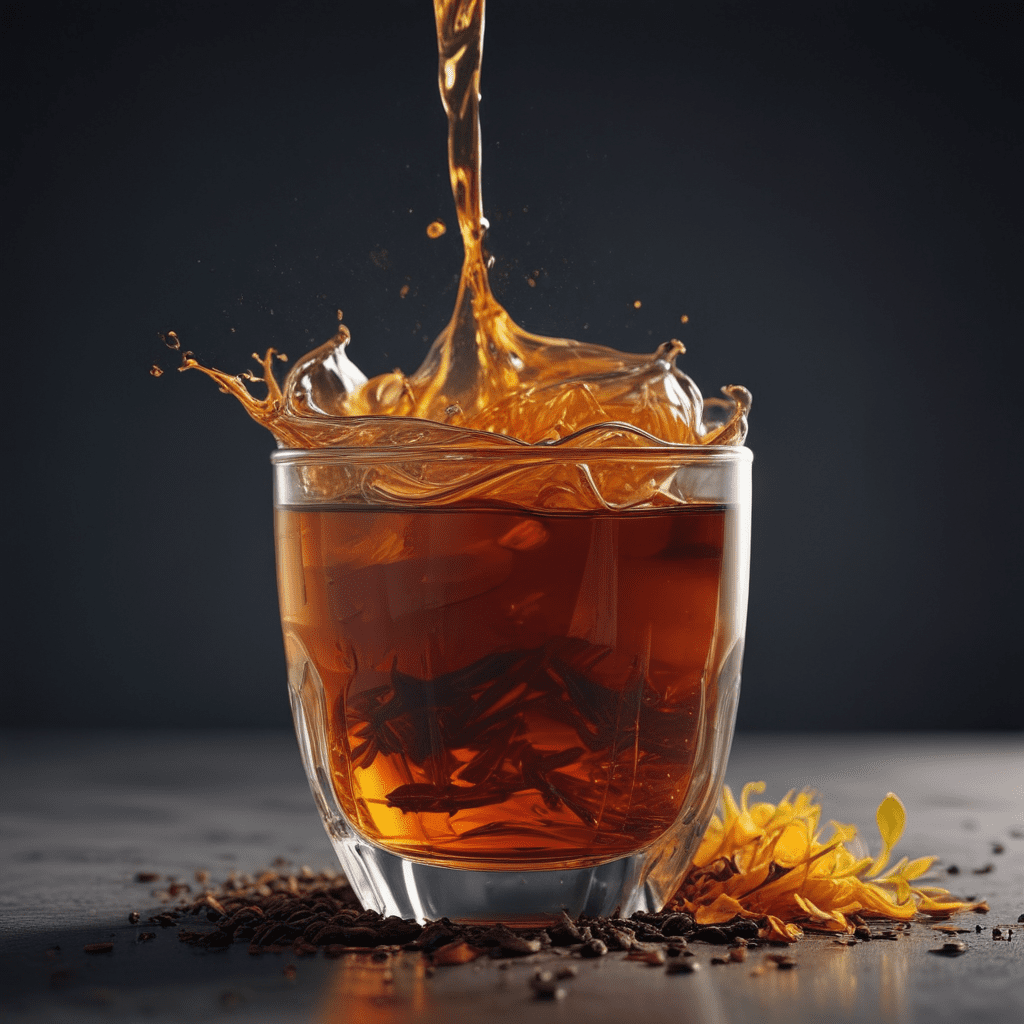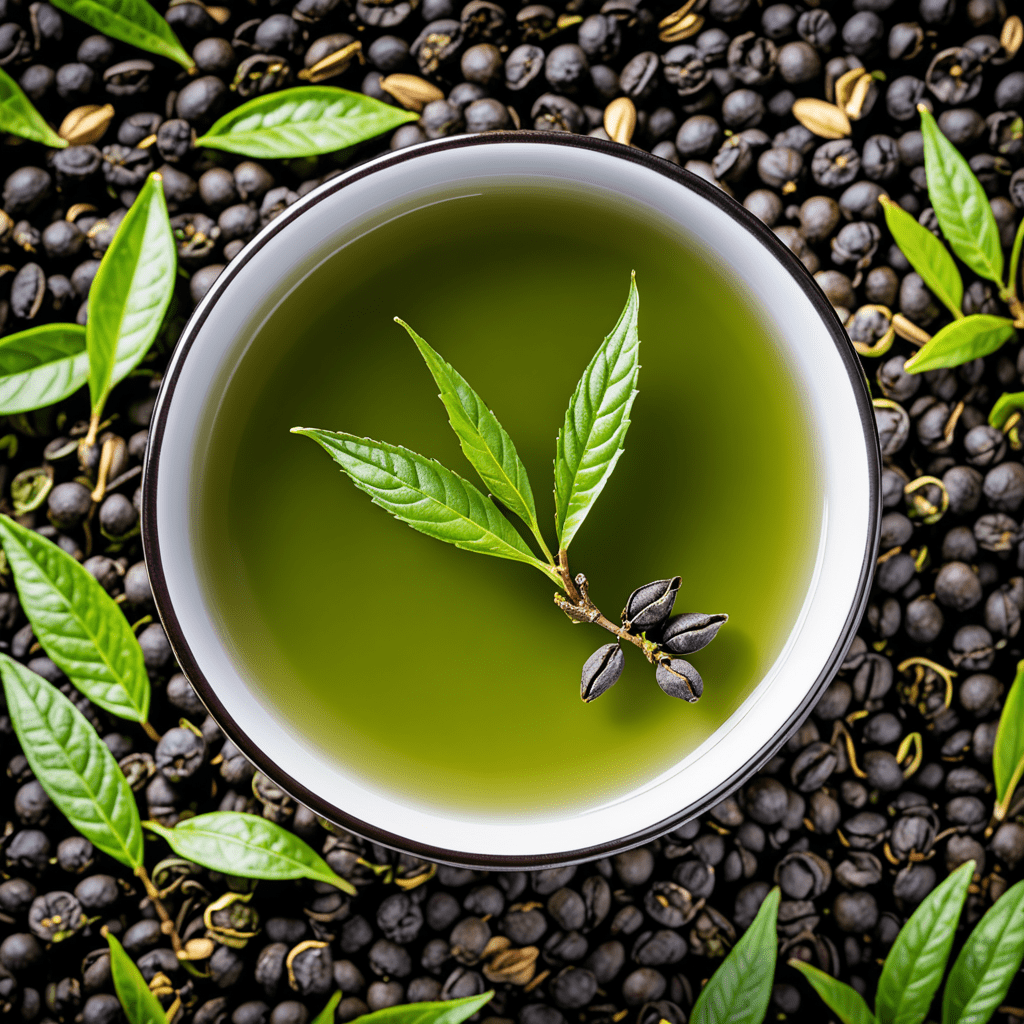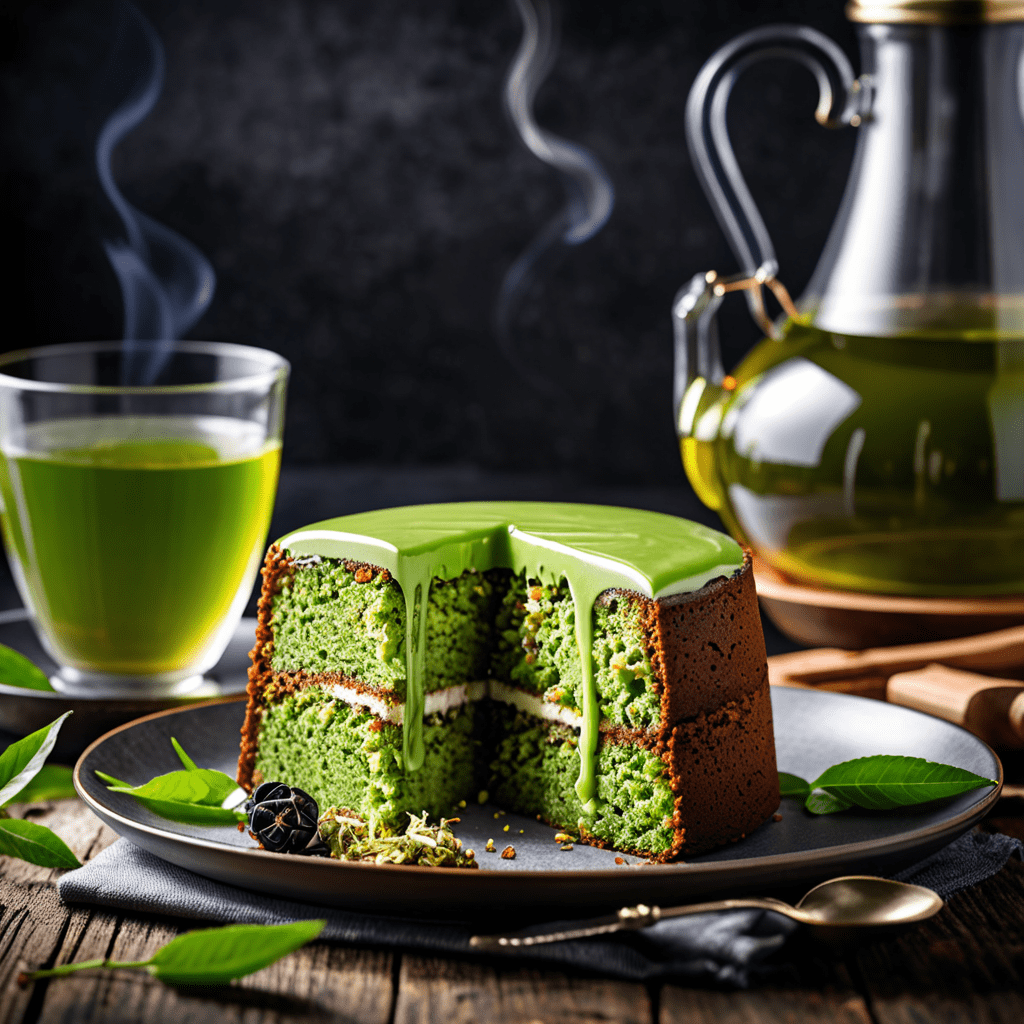
Unraveling the Mystique of Indian Tea Blends:
1. Introduction: A Journey into the World of Indian Chai
India, a land steeped in rich history, vibrant culture, and aromatic flavors, boasts a unique and diverse tea-drinking tradition. Chai, as it is affectionately known, is not merely a beverage but an integral part of Indian life, a cultural cornerstone that transcends social and economic boundaries. Embark on a captivating journey as we delve into the enigmatic world of Indian tea blends, exploring their historical roots, the artistry of blending, and the captivating flavors that have captivated the world.
2. A Historical Tapestry: The Origins and Evolution of Indian Blends
The story of Indian tea blends is intertwined with the fascinating history of tea cultivation and consumption in the subcontinent. The first tea plants were brought to India in the early 19th century, marking the beginning of an era that would forever transform the country's landscape and tea-drinking habits. Early blends were primarily composed of black teas from Assam and Darjeeling, two regions renowned for their distinct flavors and characteristics. Over time, tea blending evolved into an art form, with skilled artisans experimenting with different combinations of teas, spices, and herbs to create unique and flavorful concoctions.
3. The Art of Tea Blending: A Delicate Balance of Flavors and Aromas
The art of blending Indian teas is a delicate dance between science and creativity. Master blenders possess a profound understanding of the characteristics of different teas, their origins, and how they interact with each other. They carefully select teas from various regions, considering their flavor profiles, aromas, and strengths. The proportions of each tea in a blend are meticulously adjusted to achieve the desired balance and harmony, resulting in a symphony of flavors that tantalizes the senses. Spices such as ginger, cardamom, and cloves are often added to enhance the aromatic complexity and add a touch of warmth.
4. Unveiling the Masterminds: Renowned Indian Tea Blenders and their Legacy
Behind every exceptional Indian tea blend lies a skilled and passionate tea blender. These individuals, often hailing from generations of tea-growing families, possess an intimate knowledge of tea and a deep appreciation for its cultural significance. Their legacy lives on in the exquisite blends they create, each carrying a unique signature and reflecting the rich heritage of Indian tea blending.
5. A Kaleidoscope of Flavors: Exploring the Diverse Landscape of Indian Blends
The world of Indian tea blends is a vibrant tapestry of flavors, aromas, and textures. From the robust and malty Assam blends to the delicate and floral Darjeeling varieties, each region offers a distinct taste profile that reflects its unique terroir and blending traditions. Masala chai, a popular spiced tea blend, tantalizes taste buds with its aromatic blend of ginger, cardamom, and cloves, while Kashmiri kahwa, a traditional tea from the Kashmir Valley, offers a unique blend of green tea, saffron, and almonds. The sheer diversity of Indian tea blends is a testament to the country's rich culinary heritage and its ability to create flavorful masterpieces that have captured the hearts and taste buds of tea lovers worldwide.
6. Beyond Darjeeling and Assam: Discovering Hidden Gems of Indian Tea
While Darjeeling and Assam may be the most renowned tea-growing regions in India, the country boasts a treasure trove of hidden gems waiting to be discovered. From the Nilgiris in the south to the Kangra Valley in the north, each region offers unique teas with distinct flavor profiles and characteristics.
The Nilgiris, known as the "Blue Mountains," produce a variety of black teas, including the Nilgiri Orthodox, a full-bodied tea with a rich aroma, and the Nilgiri CTC, a brisk and refreshing tea perfect for everyday brewing. The Kangra Valley, nestled in the foothills of the Himalayas, is renowned for its Kangra Black Tea, a delicate and aromatic tea with a slightly muscatel flavor. Other hidden gems include the Dooars region in West Bengal, known for its robust and malty Dooars Black Tea, and the Munnar region in Kerala, which produces a variety of black and green teas with a unique floral aroma. Exploring these lesser-known tea-growing regions offers a chance to experience the diverse flavors and aromas of Indian tea beyond the familiar names.
7. The Science Behind the Sip: Understanding the Health Benefits of Indian Tea
Beyond its captivating taste and aroma, Indian tea is also renowned for its numerous health benefits. Studies have shown that black tea, a staple ingredient in many Indian blends, contains antioxidants that can help protect against heart disease, cancer, and other chronic conditions. Green tea, another popular ingredient in Indian blends, is rich in catechins, a type of antioxidant that has been linked to improved brain function and weight management. The addition of spices like ginger, cardamom, and cloves further enhances the health benefits of Indian tea blends, providing anti-inflammatory, anti-bacterial, and digestive-aiding properties.
8. The Ritual of Chai: A Cultural Cornerstone of Indian Life
Chai is more than just a beverage in India; it is a cultural cornerstone, a symbol of hospitality, and a ritual that brings people together. The preparation of chai is often a communal affair, with family members and friends gathering to share stories and laughter as they brew a pot of steaming tea. Chai is offered to guests as a gesture of welcome and is enjoyed throughout the day, from morning to evening. The chai stall, a ubiquitous sight in India, serves as a social hub where people from all walks of life come together to sip chai and engage in conversations. The ritual of chai is deeply ingrained in Indian culture, reflecting the country's values of community, hospitality, and shared experiences.
9. From Traditional to Modern: Innovative Approaches to Indian Tea Blending
While the traditional art of Indian tea blending remains revered, modern tea blenders are pushing the boundaries of creativity and innovation. They are experimenting with new combinations of teas, herbs, and spices, creating unique blends that cater to contemporary tastes and preferences. Some blenders are incorporating exotic ingredients like floral petals, fruits, and even chocolate into their blends, while others are focusing on creating functional teas with specific health benefits. The rise of artisanal tea brands and tea cafes has also contributed to the diversification of Indian tea blends, offering consumers a wider variety of options to explore.
10. Conclusion: Embracing the Mystique and Allure of Indian Chai
Indian tea blends offer a captivating journey into a world of rich history, diverse flavors, and cultural significance. From the traditional blends of Darjeeling and Assam to the hidden gems of lesser-known tea-growing regions, each cup of Indian chai tells a story of artistry, tradition, and the enduring love affair between Indians and their beloved beverage. Whether you are a seasoned tea connoisseur or a curious newcomer, embracing the mystique and allure of Indian chai is an invitation to explore a world of flavors, aromas, and cultural experiences that will leave a lasting impression on your senses and soul.
Frequently Asked Questions (FAQs)
Q: What is the most popular type of Indian tea blend?
A: Masala chai is arguably the most popular type of Indian tea blend, a spiced black tea with a blend of spices like ginger, cardamom, and cloves.
Q: What are the health benefits of Indian tea?
A: Indian tea, particularly black and green tea, is rich in antioxidants that have been linked to numerous health benefits, including protection against heart disease, cancer, and improved brain function.
Q: How do I prepare a perfect cup of Indian chai?
A: To prepare a perfect cup of Indian chai, boil water, add black tea leaves, spices like ginger, cardamom, and cloves, and simmer for a few minutes. Strain the tea, add milk and sugar to taste, and enjoy hot.
Q: What are some popular Indian tea brands?
A: Some popular Indian tea brands include Tata Tea, Wagh Bakri Tea, and Girnar Tea.
Q: Where can I buy Indian tea?
A: Indian tea can be purchased online from various tea retailers or in Indian grocery stores and specialty tea shops.


